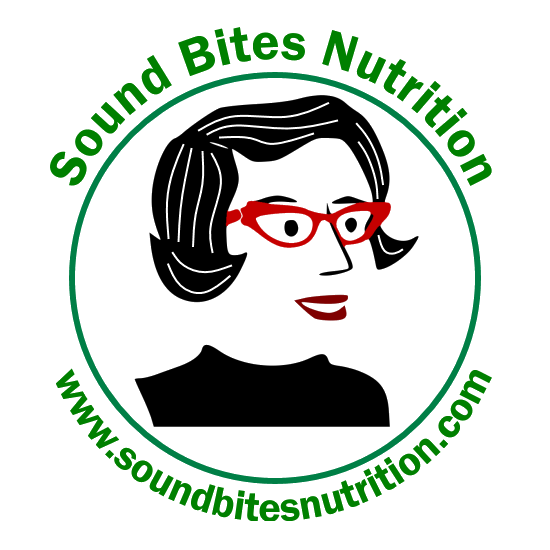Salt Sense
 The next time you pick up that salt shaker, chew on this: a recent meta-analysis of 13 studies found a reduced risk of heart attacks, strokes and other cardiovascular mishaps in people that sliced their salt intake. Nancy Cook, a Harvard medicine professor also notes that cutting back on sodium in people with moderately high blood pressure also cuts the risk of cardiovascular disease later in life.High blood pressure is defined as a systolic pressure over 120 and a diastolic pressure over 80. Most physicians consider medication when blood pressure rises to 140 over 90. But many people are "pre-hypertensive", which is somewhere in the middle. There are a large number of deaths associated with excess blood pressure.Many people believe they're 'cutting salt' if they don't use a salt shaker. Not necessarily so. Most of the sodium we consume doesn't come from the shaker, but rather the processed food we consume on a daily basis. Sodium can be found in everything from canned soup to chicken to cottage cheese. Some brands of chicken are loaded with saline (READ salt water) to "plump them up". Most frozen meals (even those labeled "Smart" or "Healthy") contain at least 500 mg of sodium, or about 25% of what we should be limiting it to.If you're not worried about salt because your blood pressure is normal, don't count on it. Blood pressure increases as you age and are exposed to long term sodium. Experts believe that over time, 90% of Americans will develop high blood pressure. The odds are not in our favor.In addition to increased risk of heart attacks and strokes, high blood pressure also ups the odds of heart failure and is the leading cause of chronic kidney disease. To top it off (literally), high blood pressure is bad for your brain as it contributes to the risk of dementia.Ready to put down that can of soup now? You should. Experts suggest we get back in the kitchen and make our own food, at least until the food industry starts offering more lower sodium options. Currently, the food industry can "voluntarily" reduce the sodium in its dishes, but it is not mandatory. In the meantime, limit your time in restaurants and become a diligent label reader. If a food contains over 20% of the daily value for sodium (~450 mg), put it back on the shelf. For more ideas on limiting sodium, check out Bite This and Quick Bites this month..
The next time you pick up that salt shaker, chew on this: a recent meta-analysis of 13 studies found a reduced risk of heart attacks, strokes and other cardiovascular mishaps in people that sliced their salt intake. Nancy Cook, a Harvard medicine professor also notes that cutting back on sodium in people with moderately high blood pressure also cuts the risk of cardiovascular disease later in life.High blood pressure is defined as a systolic pressure over 120 and a diastolic pressure over 80. Most physicians consider medication when blood pressure rises to 140 over 90. But many people are "pre-hypertensive", which is somewhere in the middle. There are a large number of deaths associated with excess blood pressure.Many people believe they're 'cutting salt' if they don't use a salt shaker. Not necessarily so. Most of the sodium we consume doesn't come from the shaker, but rather the processed food we consume on a daily basis. Sodium can be found in everything from canned soup to chicken to cottage cheese. Some brands of chicken are loaded with saline (READ salt water) to "plump them up". Most frozen meals (even those labeled "Smart" or "Healthy") contain at least 500 mg of sodium, or about 25% of what we should be limiting it to.If you're not worried about salt because your blood pressure is normal, don't count on it. Blood pressure increases as you age and are exposed to long term sodium. Experts believe that over time, 90% of Americans will develop high blood pressure. The odds are not in our favor.In addition to increased risk of heart attacks and strokes, high blood pressure also ups the odds of heart failure and is the leading cause of chronic kidney disease. To top it off (literally), high blood pressure is bad for your brain as it contributes to the risk of dementia.Ready to put down that can of soup now? You should. Experts suggest we get back in the kitchen and make our own food, at least until the food industry starts offering more lower sodium options. Currently, the food industry can "voluntarily" reduce the sodium in its dishes, but it is not mandatory. In the meantime, limit your time in restaurants and become a diligent label reader. If a food contains over 20% of the daily value for sodium (~450 mg), put it back on the shelf. For more ideas on limiting sodium, check out Bite This and Quick Bites this month..
